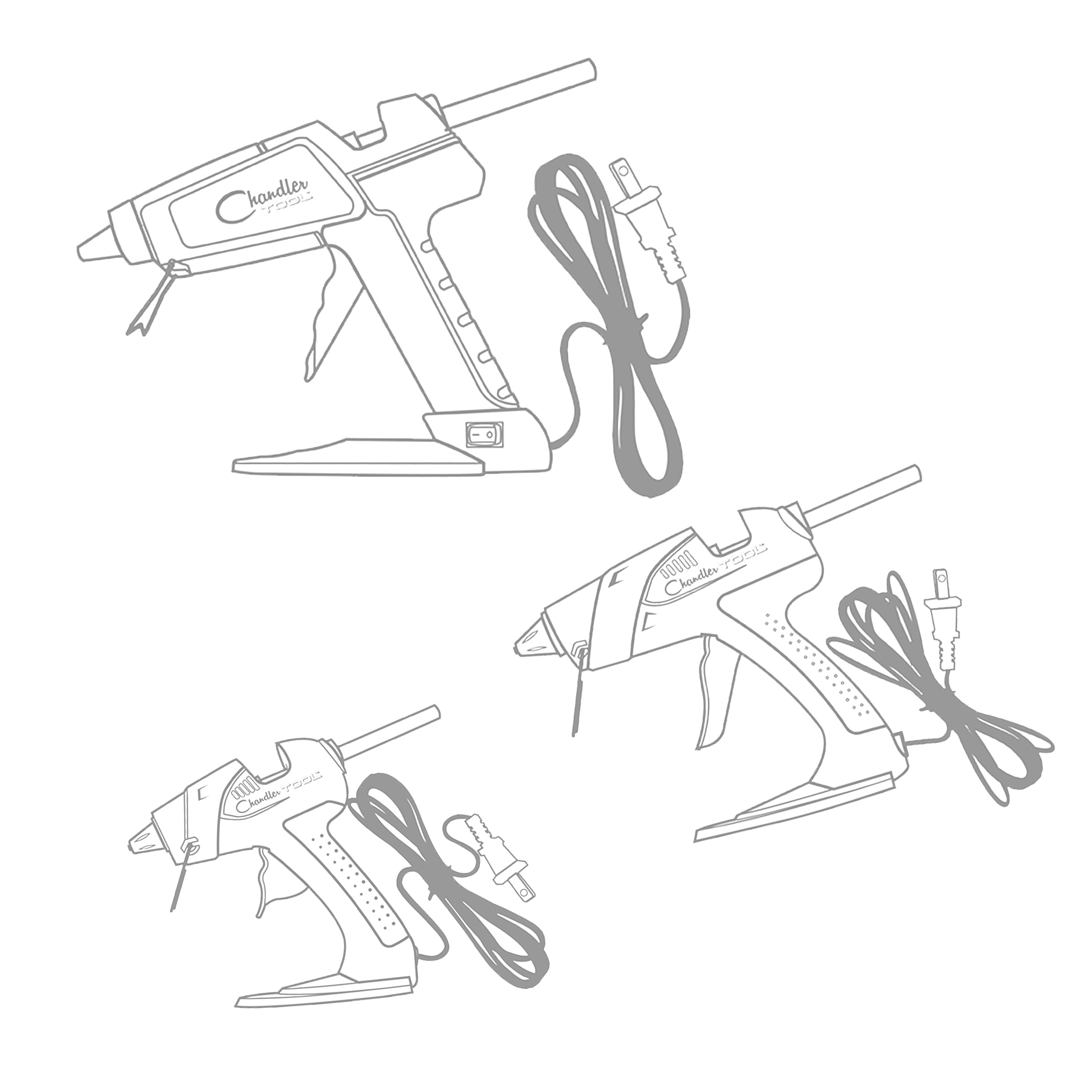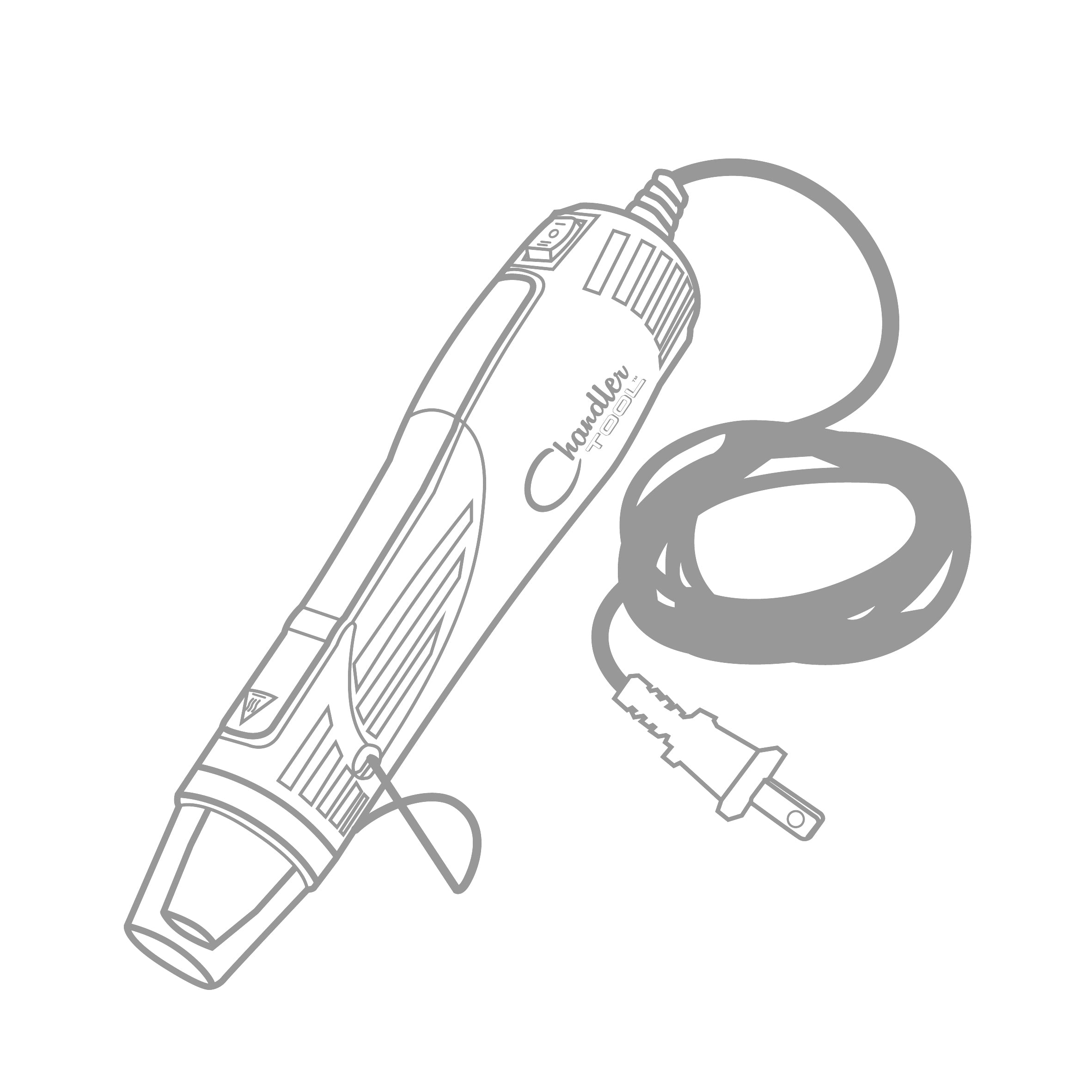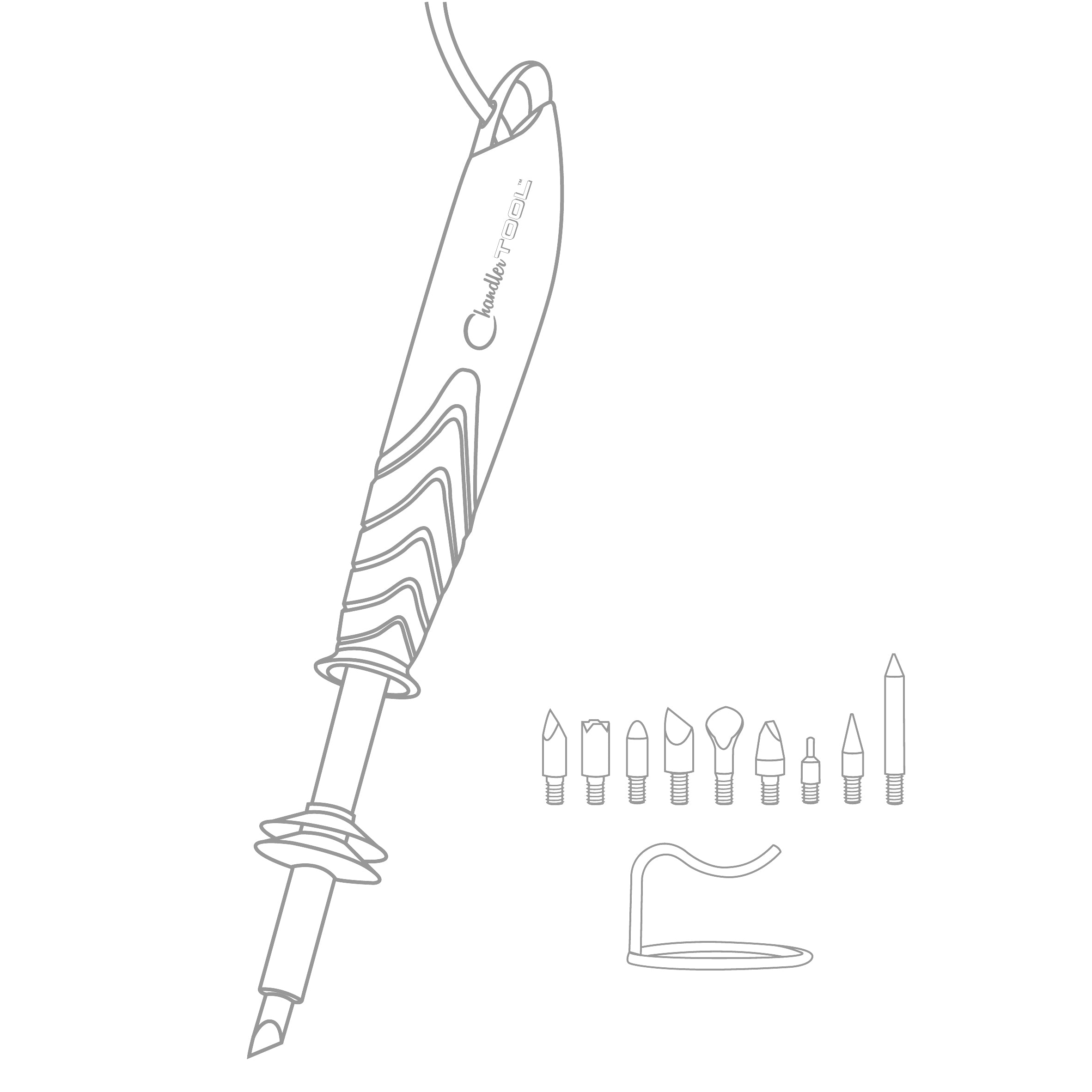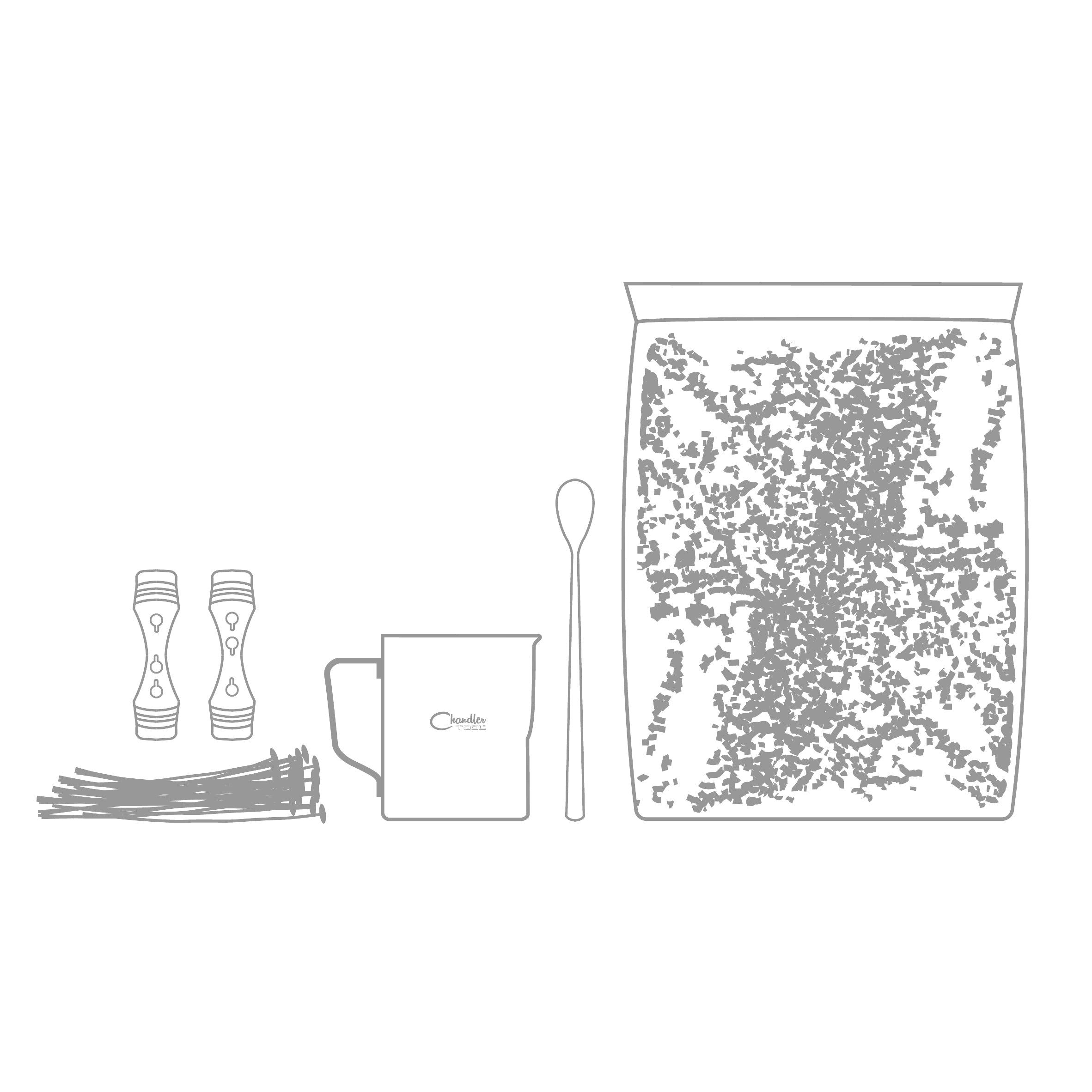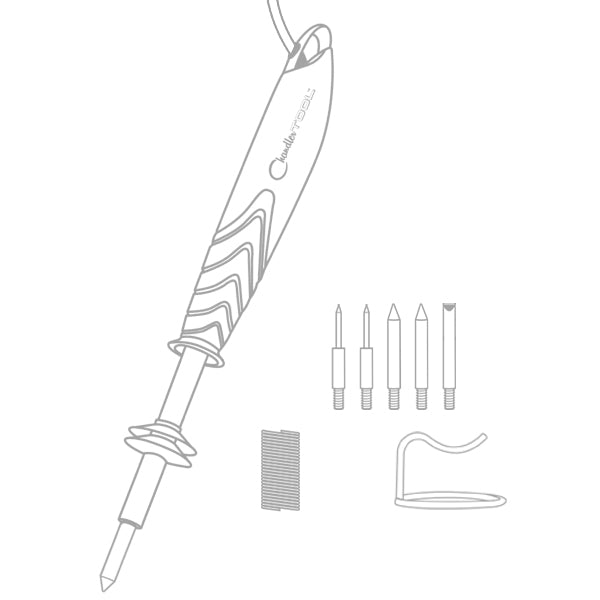The Problem
Glue is an adhesive and adhesives have a tendency to stick to things really well. Sometimes this sticking happens in places we don’t want it to happen, and therein lies the problem of trying to remove something that’s designed to not be removed. But just like any kid who has ever stuck their fingers together with superglue, you know that there’s always a way out!
Today, we’ll look at ways to remove hot glue from different surfaces.
Fabric
There’s a lot that can go wrong if you don’t handle a glue spill on fabric properly, but once you do, it’s actually quite a simple problem to solve. If glue ever happens to drip onto your fabric, DO NOT touch the glue or try to wipe or smear it because it will push into the microscopic crevices of the fabric and it’ll be almost impossible to take out.
Once the glue has set, simply put the fabric in the freezer for a good amount of time, enough to freeze the glue completely. After that’s done, take it out and use a spoon to scrape it off the fabric. Be careful not to scrape too hard as it could damage your fabric and cause a bad tear. The glue should pop off pretty easily if it was frozen properly.
You can simply use acetone at your own risk since acetone is an incredible adhesive remover, but it might mess up your fabric pretty bad. And it’s only typically used on fabric as a last resort or if you’re only trying to remove it off of a spare wiping cloth or something similar.
Metal, Glass, Plastic, and Wood
One of the most common places you’ll see droplets of glue is on tables. And unless you’re a coroner, your table is probably made out of plastic, wood or glass. But in case you do happen to own something made of metal that fell victim to a drop of glue, this method of removing the adhesive should work just fine on any surface.
- Allow the glue to cool and dry completely.
- Take a cotton swab and apply some rubbing alcohol or acetone onto it and start rubbing at the edge of the dollop of glue.
- Give it a few moments and eventually, the glue should peel off just as easily.
Just like with fabric, acetone, and in this case, the rubbing alcohol may not mesh well with your work surface, particularly the wood. A lot of wooden surfaces are treated and varnished, so keep this in mind before deciding to use this method as it may ruin the surface even a tiny bit.
Skin
This is the one thing that you don’t want to happen because hot glue can seriously hurt. But if you’re unfortunate enough to experience it, don’t wait for the glue to dry this time! Immediately run the affected area under some running water to cool it down and try to wash it away while it still hasn’t fully adhered.
If the glue has already dried up and adhered to your skin, be careful with peeling it off because it might take a piece of your skin with it if you do it haphazardly. Do not try to use acetone or alcohol in this situation because your skin may be suffering from mild burning from the glue and it will hurt ten times worse. If the affected area seems to have suffered very serious burning, seek medical help immediately after dousing it with water.
If you were able to peel the glue off without too much incident, remember that your skin is still under duress. Rub the affected spot again with water and then apply some antibiotic cream and cover it up with a bandage if necessary.
Mistakes happen in the workshop almost always, but knowing what to do in situations like these can help prevent more damage.
One mistake you don’t want to make is choosing a bad glue gun. So make sure to use only the best glue gun available in the market! Check out Chandler Tool Glue Guns to know more!

